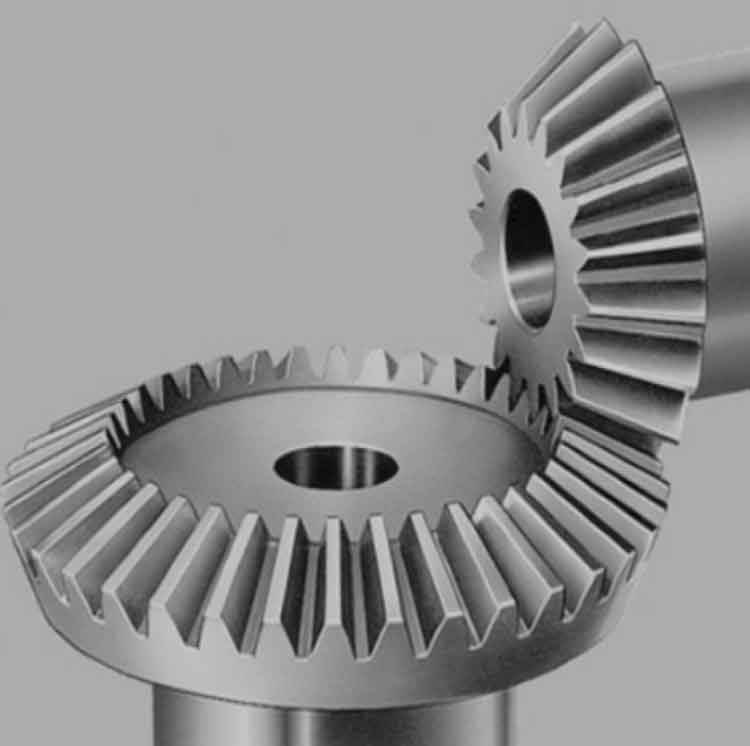
Proper lubrication is essential for ensuring the longevity and optimal performance of straight bevel gears. Here are some best practices for lubricating straight bevel gears:
- Select the Right Lubricant: Choose a lubricant specifically formulated for gear applications and suitable for the operating conditions of the gear system. Consider factors such as viscosity, temperature range, load-carrying capacity, and compatibility with gear materials. Consult the gear manufacturer or lubricant supplier for recommendations.
- Maintain Adequate Lubricant Levels: Ensure that the gear housing or gearbox is filled with the appropriate amount of lubricant as specified by the gear manufacturer. Insufficient lubricant can result in increased friction and wear, while overfilling can lead to churning losses and increased heat generation.
- Regular Lubricant Inspection and Replacement: Monitor the condition of the lubricant regularly to ensure its effectiveness. Perform visual inspections and oil analysis tests to check for signs of contamination, degradation, or insufficient lubricant properties. Replace the lubricant as recommended by the gear manufacturer or based on oil analysis results.
- Appropriate Lubricant Application Method: Choose the most suitable lubricant application method for the gear system. This can include bath lubrication, oil splash lubrication, or forced lubrication with the use of pumps or oil mist systems. Consider the gear system’s design and operating conditions when selecting the lubrication method.
- Ensure Proper Lubricant Film Formation: The lubricant should form a sufficient and consistent film between the gear teeth to reduce friction and wear. Adequate lubricant viscosity, gear design considerations (such as tooth profile and clearance), and operating conditions (such as speed and load) all contribute to the formation of an effective lubricant film.
- Control Contamination: Prevent contamination of the lubricant by keeping the gear system and surrounding environment clean. Use effective seals and gaskets to minimize the ingress of dirt, moisture, and other contaminants. Regularly inspect and clean the gear system to remove any debris or contaminants that may affect lubricant performance.
- Ensure Proper Ventilation and Cooling: Straight bevel gears can generate heat during operation. Ensure that the gear housing or gearbox has proper ventilation and cooling mechanisms to prevent excessive heat buildup. Excessive heat can degrade the lubricant and affect its lubricating properties.
- Follow Manufacturer’s Guidelines: Adhere to the gear manufacturer’s recommendations and guidelines regarding lubrication practices. They may provide specific instructions on lubricant type, viscosity, lubrication intervals, and maintenance procedures based on the gear system’s design and intended application.
Regular lubrication maintenance, including proper lubricant selection, monitoring, and replacement, is crucial for ensuring the longevity, efficiency, and performance of straight bevel gears. By following these best practices, gear operators can minimize friction, reduce wear, prevent failures, and extend the operational life of the gear system.
